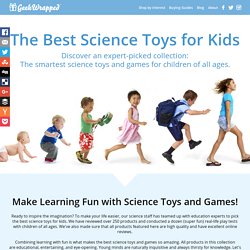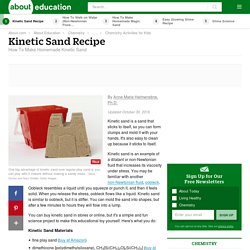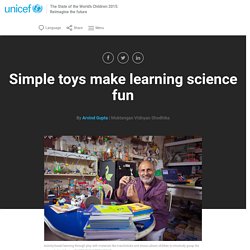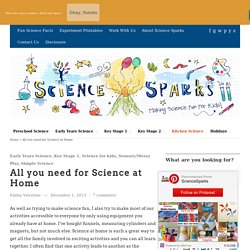

DIY & Science Toys. Science Toys. Toys from Trash. When I Was a Kid, for all wooden toys and traditional toys. Whirl-O Magnetic Spinning Top £6.50 Magic Plastic Blue £4.00 Hair Clip Colourful £1.00 Wooden Sword and Shield £13.50 New.

Best Science Toys & Games For Babies, Toddlers & Kids 2016. The products listed here may contain small parts that are choking hazards for children!

Toys can pose a hazard to babies and young children – they can choke, suffocate, or otherwise harm the child. Young children explore their world by putting things in their mouths, but children under three years of age do not have a well-developed coughing reflex and will choke easily on small items. All children, regardless of age, need close supervision with any toys to help prevent accidents from happening. Adult supervision is required at all times! Always follow the manufacturer's guidelines for age appropriateness as shown on the product's official packaging.
DIY science toys. St Olave's Grammar School Virtual Learning Environment. Kinetic Sand Recipe. By Anne Marie Helmenstine, Ph.D.

Updated October 30, 2016. Kinetic sand is a sand that sticks to itself, so you can form clumps and mold it with your hands. It's also easy to clean up because it sticks to itself. Kinetic sand is an example of a dilatant or non-Newtonian fluid that increases its viscosity under stress. You may be familiar with another non-Newtonian fluid, oobleck. You can buy kinetic sand in stores or online, but it's a simple and fun science project to make this educational toy yourself. Kinetic Sand Materials fine play sand (buy at Amazon)dimethicone [polydimethylsiloxane), CH3[Si(CH3)2O]nSi(CH3)3] (buy at Amazon) Use the finest sand that you can find. Continue reading below our video You can experiment with colored sand, but be aware the dyes may not work for the project.
Kinetic sand that you buy in the store consists of 98% sand and 2% polydimethylsiloxane (a polymer). Toys and Chemistry - American Chemical Society. NCW2005. Toys and Chemistry - American Chemical Society. Simple toys make learning science fun. India has sent most of its children to school by opening more schools and increasing enrolment.

But the quality of learning leaves much to be desired. Science in India has traditionally been learnt by rote. Very few schools do experiments. Children parrot key definitions and answers, and reproduce them in exams. In the process, children lose the whole joy of science. In 1970, a pioneering experiment – the Hoshangabad Science Teaching Programme (HSTP) – tried to revitalize science learning in village schools. Expensive glass apparatus is often locked in cupboards.
Matchstick models: Simple models can be made from matchsticks and a cycle valve tube. Nail puzzle: Nails measuring 10 centimetres – used for making wooden door frames – are readily available in hardware stores, even in remote places. Straw sprinkler: Poke a stiff broomstick in the middle of the straw. How many things can fit in a matchbox?
Slipper insets: Poor people wear rubber flip-flops. Online resources. Equipment and supplies needed for Science at Home. As well as trying to make science fun, I also try to make most of our activities accessible to everyone by only using equipment you already have at home.

I’ve bought funnels, measuring cylinders and magnets, but not much else. Science at home is such a great way to get all the family involved in exciting activities and you can all learn together. I often find that one activity leads to another as the children ask more and more questions. Here’s a full list the things we use most often, that I always try to have in the kitchen ‘just in case’ Kitchen items Cornflour Treacle ( Molasses ) Flour Salt Sugar Golden Syrup. DIY Nature Explorer Kit: Bugs - Non-Toy Gifts. Your Mother Was a Chemist. Your mother really was a chemist.

In the kitchen, she experimented with acids and bases, emulsions, suspensions, gels and foams. She denatured proteins, crystallized compounds, reacted enzymes with substrates, and nurtured desired microbial life while suppressing harmful microbes. She cooked your dinner. Cooking is often about combining ingredients to create something completely different. It involves many chemical and physical changes to the food that the cook carefully controls in order to get the desired result. You can learn a lot of science in the kitchen. Knowing how things work helps a lot when you want to make changes to a recipe. Photo by John Gilbey A little while back I made a big batch of ice cream for a group of Nobel prize winners and other brilliant scientists at a scientific convention we were all invited to.